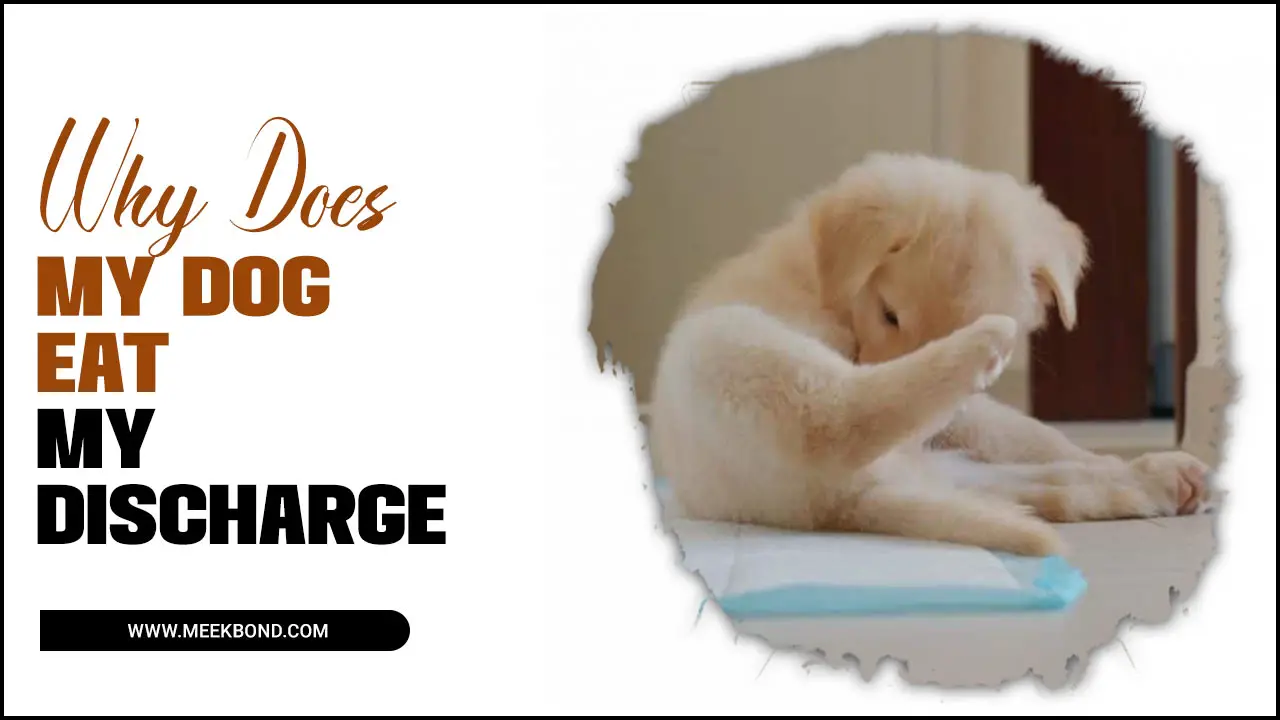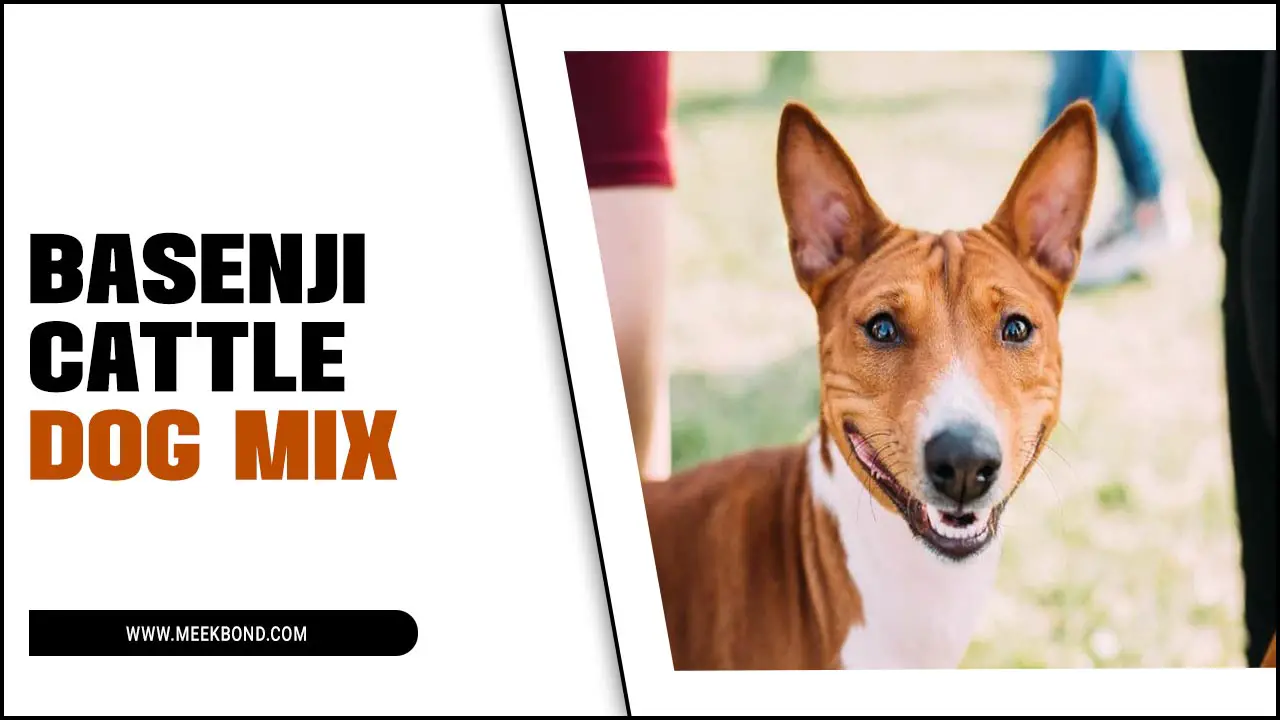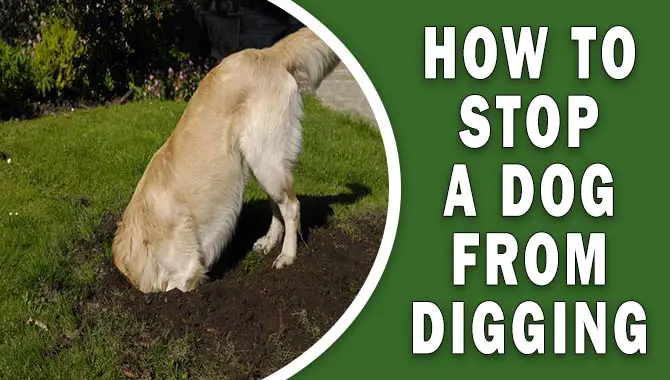The impact of dog spaying on your pet’s health is crucial. Follow post-operative care instructions for optimal healing. Monitor the incision site for complications and provide a stress-free environment during recovery.
Neutering involves incision, removing reproductive organs, and closing with stitches. Watch for swelling, redness, discharge, or suture opening. A small lump at the scar is regular and usually resolves independently. Monitor the incision site and seek veterinary assistance if needed.
As a pet parent, you want to ensure your furry friend is always healthy and happy. It can be pretty alarming if you have noticed a lump at the incision site on your dog’s belly months after spaying. Here we will dive deep into what causes a dog spay incision lump months later and how to treat it. Follow our tips for preventing complications and promoting healing after spaying your dog.
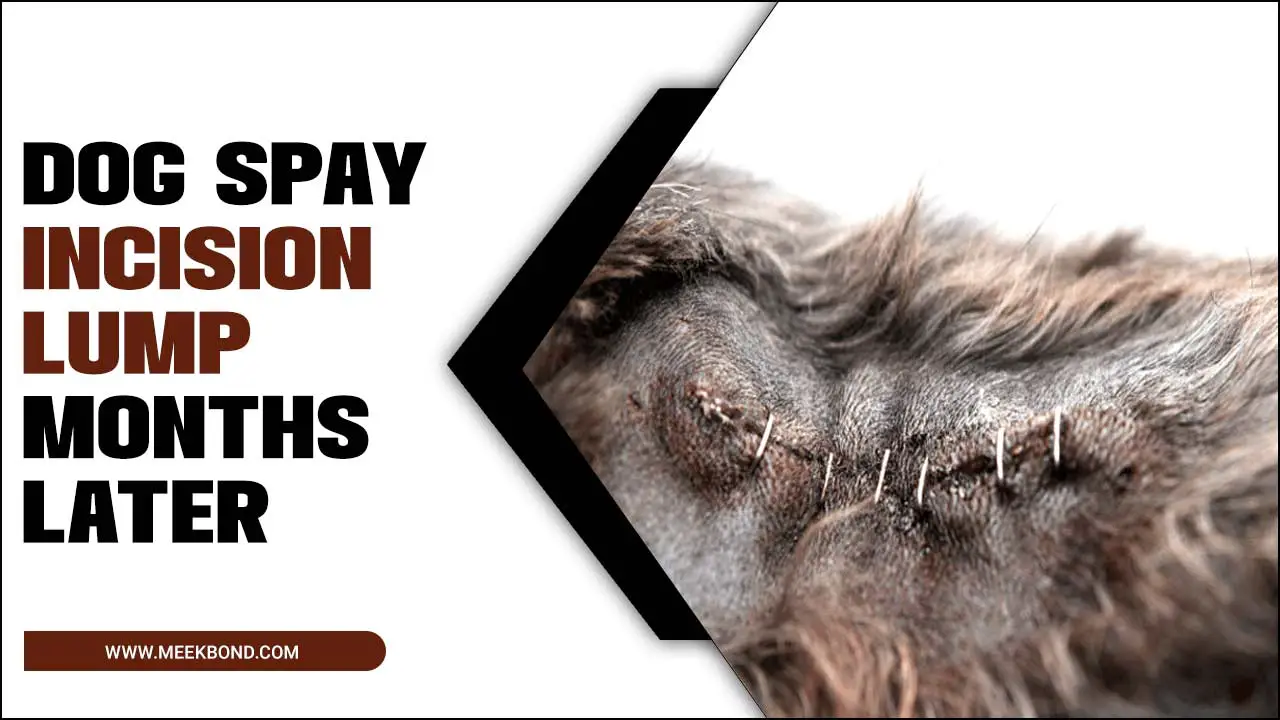
Causes A Dog Spay Incision Lump Months Later
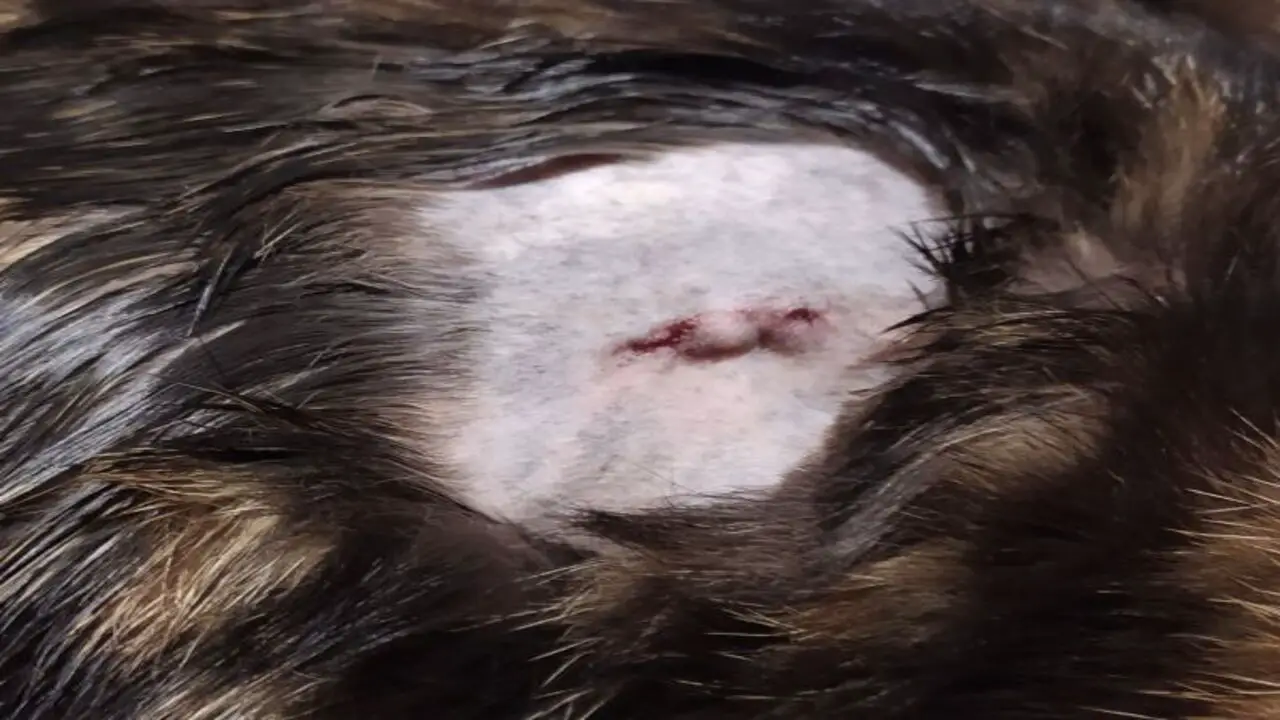
It is common for a dog spay incision lump months later. If you notice a lump at your dog’s spay incision site months after surgery, it is essential to have it checked by a veterinarian. They will be able to determine the cause of the lump and recommend appropriate treatment if necessary. It is always better to err on the side of caution regarding your dog’s health and well-being. There can be several causes for this lump, including:
- Scar tissue: The body’s natural healing process can sometimes result in scar tissue formation at the incision site. This scar tissue can feel like a lump and may be more noticeable as time passes.
- Suture reaction: Some dogs may react to the sutures used during the spay surgery. This can cause inflammation or an immune response, resulting in a lump at the incision site.
- Infection: In rare cases, an infection can occur at the spay incision site months after surgery. This can cause swelling and the formation of a lump.
Normal Healing Process
After dog spay surgery, it’s essential to understand the healing process. The incision area may initially be red and swollen but will gradually heal. To promote healthy healing and minimize complications, follow post-operative care instructions from your veterinarian. This includes keeping the incision clean and dry, monitoring for signs of infection, and preventing the dog from licking or scratching the area. Regular check-ups with the vet can help identify any issues early on.
Suture Reaction
Adverse reactions to the suture material used during spaying can occur in some dogs. These reactions may manifest as redness or swelling around the incision site. The dog’s immune system plays a role in these suture reactions. If a suture reaction is suspected, it is essential to seek veterinary care. Prevention is critical in promoting a smooth healing process and preventing suture reactions.
Pet owners can reduce the risk of complications by closely monitoring the incision site and following post-spaying instructions, such as keeping the area clean and dry. Regular vet check-ups also play an essential role in detecting potential suture reactions early on. Understanding the signs of a suture reaction and taking necessary precautions can help ensure a successful recovery after a dog spay surgery.
Infection Risk
Pet owners should be aware of the potential risk of infection in a dog’s spay incision. Recognizing the signs and symptoms of an infected incision site is essential for early detection. Prompt veterinary care is crucial to treat incision site infections and prevent complications. To minimize infection risk, keep the incision clean and dry, and discourage excessive licking or scratching.
Gentle cleansing with mild antiseptic solutions can help maintain a healthy incision site. Monitor the incision line for abnormalities or redness after neuter surgeries. See veterinary care immediately if you notice swelling, discharge, or a foul odor. Follow proper wound care instructions to ensure smooth healing and reduce infection risk.
Seroma Formation
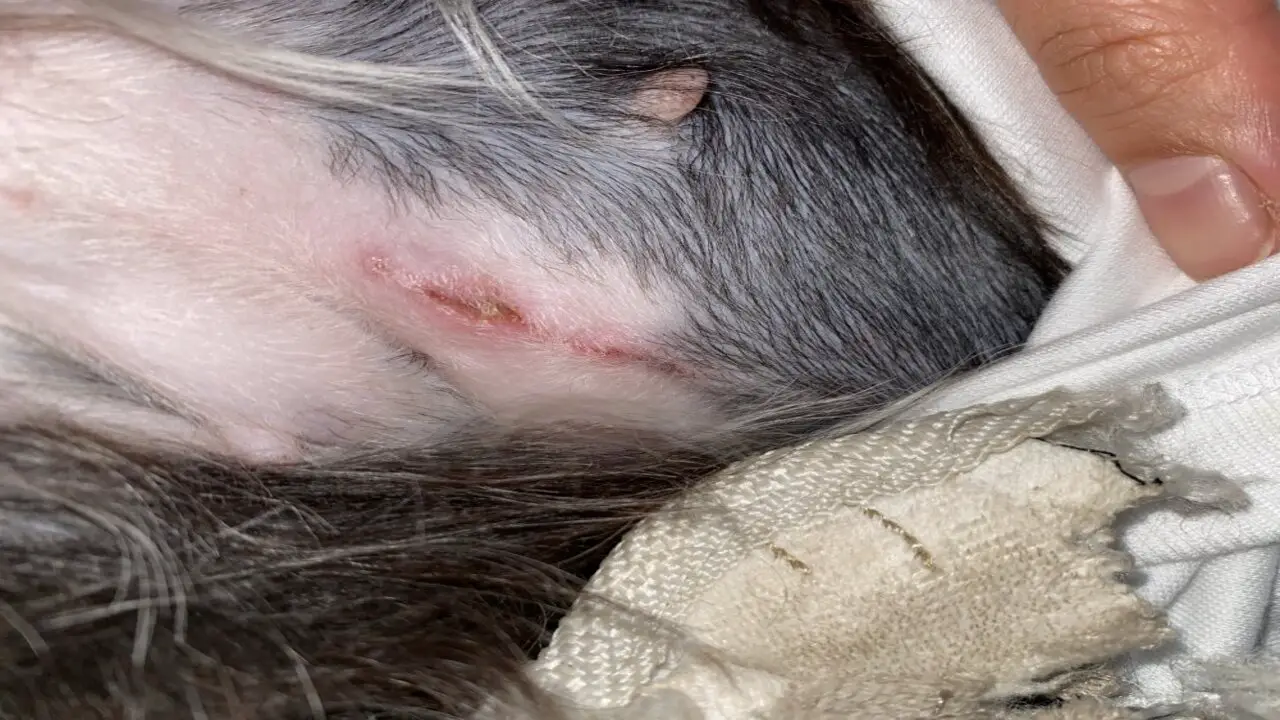
Seroma formation refers to developing fluid-filled lumps near a dog’s spay incision. It is essential to understand the signs and symptoms associated with seromas. The dog’s body naturally absorbs or drains seromas, but veterinary treatments may sometimes be necessary. Specific steps can be taken to prevent seroma formation and promote optimal healing.
This includes ensuring proper wound care, minimizing physical activity that could strain the incision site, and following any post-operative instructions provided by the veterinarian. Pet owners can help their dogs recover smoothly from the surgical procedure by proactively preventing seroma formation. Remember to seek veterinary care for any concerns or complications with your dog’s spay incision.
Scrotal Hematoma
Scrotal hematomas can occur after male dog neutering. Understanding the causes and impact on healing is essential. Recognizing the signs and symptoms is crucial for timely veterinary treatment. Preventive measures can minimize the chances of scrotal hematomas.
A scrotal hematoma happens when blood collects in the scrotum after neutering surgery. It occurs due to trauma to blood vessels during the procedure, resulting in bleeding into the scrotal tissues. This can cause swelling, pain, and discomfort for the dog.
Veterinary treatment options may include supportive care like cold compresses and pain medication. In severe cases, surgical intervention may be necessary to drain the blood and alleviate symptoms.
Proper surgical techniques are crucial to prevent scrotal hematomas and promote recovery, including careful ligation of blood vessels during neutering. Post-operative care instructions, such as monitoring the incision site for signs of infection or complications, should be followed diligently.
Hernia Formation
It is common for dogs to develop a lump near their spay incision months after the surgery, which could be a sign of hernia formation. A hernia occurs when there is a weakness in the abdominal wall, allowing organs or fatty tissue to protrude through.
In the case of a spay incision, the lump may be caused by the intestines pushing through the weakened area. It is essential to have your dog examined by a veterinarian if you notice a bulge near their spay incision, as they can determine whether it is indeed a hernia and recommend appropriate treatment options.
Signs Your Dog Might Have A Skin Infection
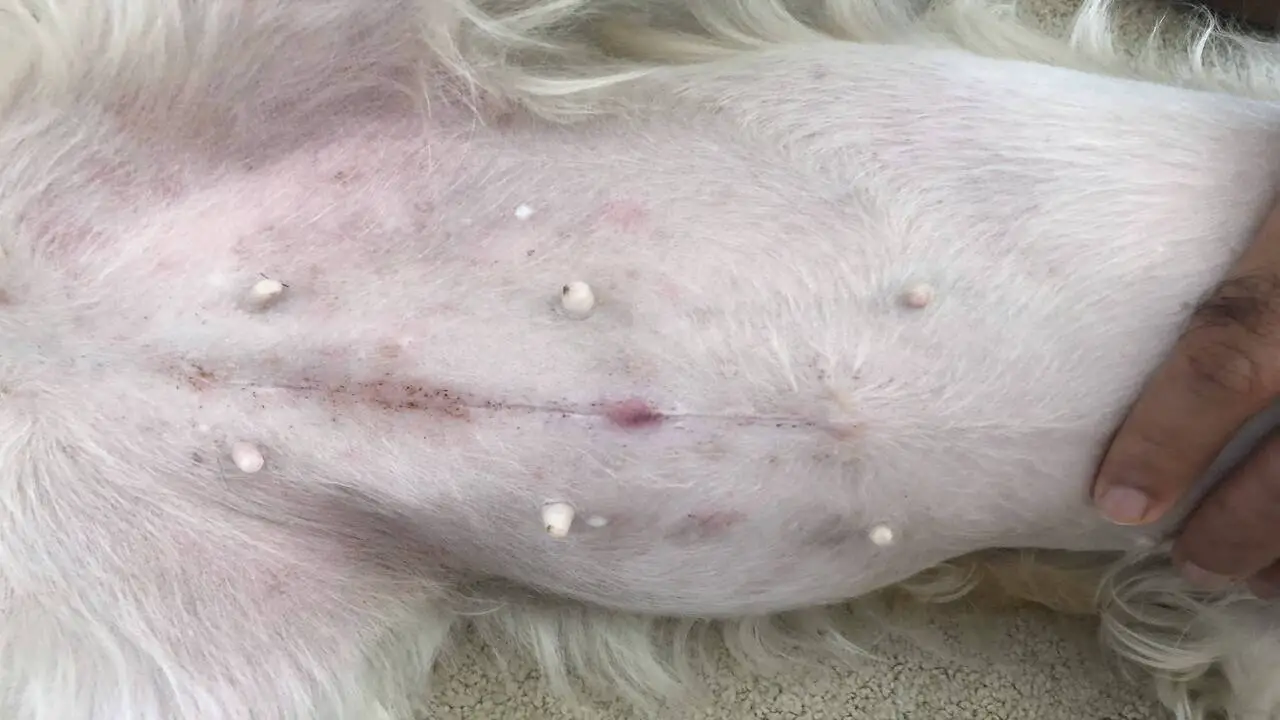
It is not uncommon for dogs to develop a lump near their spay incision months after the surgery. While some nodes may be expected and harmless, others could indicate a skin infection. Here are some signs that your dog might have a skin infection around the spay incision:
- – Redness or swelling: Any redness or swelling around the incision site could be a sign of an infection.
- – Discharge or pus: Discharge or pus from the incision can also indicate an infection.
- – Heat or tenderness: If the area feels warm to the touch or your dog shows signs of discomfort when you touch it, it may be infected.
- – Foul odor: A strong smell from the incision could indicate an infection.
If you notice any of these signs, it is essential to consult with your veterinarian as soon as possible. They can assess the lump and determine if further treatment is necessary to resolve the infection.
Treatment Options For A Lump At The Spay Incision Site
If you notice a lump at the spay incision site on your dog months after the surgery, it is essential to consult a veterinarian for proper diagnosis and treatment. While bumps at the incision site are not uncommon, they should not be ignored as they could indicate an infection, abscess, or even a hernia. Your veterinarian may recommend the following treatment options:
- – Antibiotics: If an infection causes the lump, antibiotics may be prescribed to help clear the infection.
- – Drainage: In some cases, if there is fluid buildup in the lump, your veterinarian may need to drain it to promote healing.
- – Surgical intervention: If the lump is determined to be a hernia or requires further surgical intervention, your veterinarian may recommend additional surgery to address the issue.
Remember, it is always best to seek professional veterinary advice for any concerns regarding your dog’s health.
When Should You Seek Veterinary Care For Your Dog’s Incision Lump?
If your dog’s spay incision lump is growing or hasn’t gone away after several weeks, it’s time to seek veterinary care. Look for signs like redness, discharge, or excessive licking at the incision site. Your vet may recommend antibiotics or surgical removal based on the severity and cause of the lump. Follow post-operative instructions to prevent complications.
Identifying Signs Of Infection And Other Serious Complications
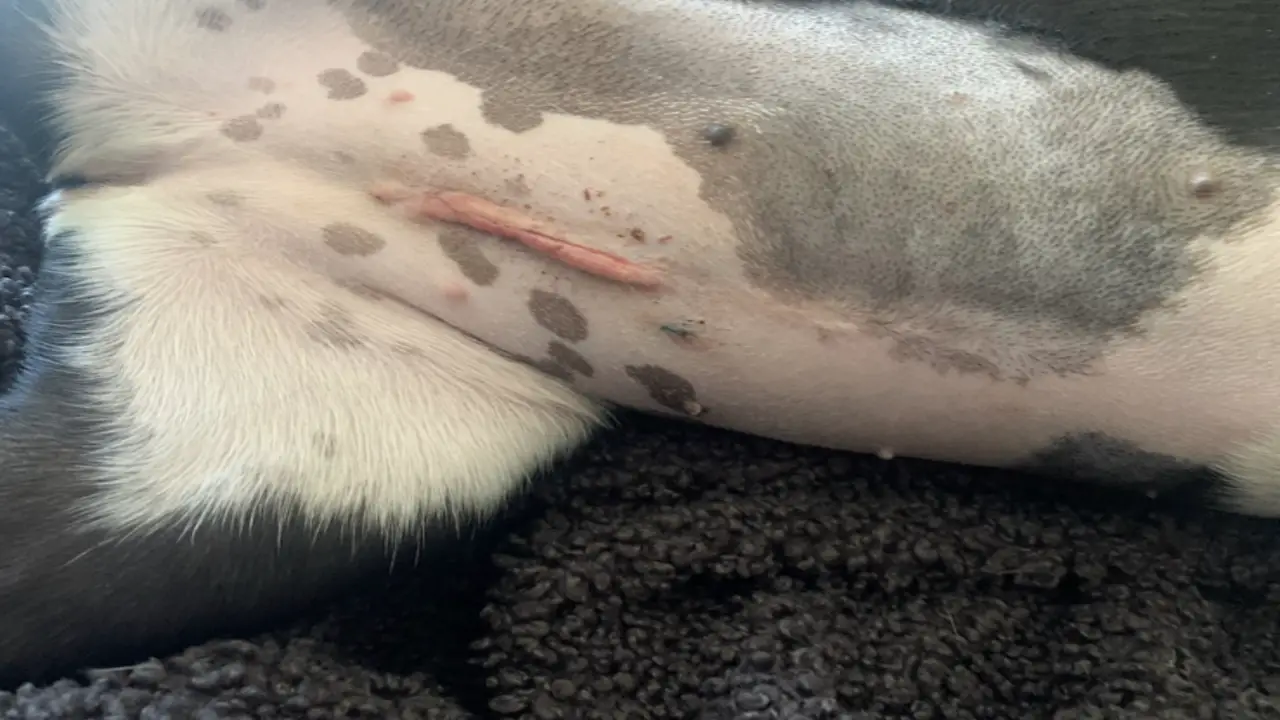
Identifying signs of infection in a dog’s spay incision lump is crucial for their health and well-being. While it is normal for the incision site to have some swelling and discomfort immediately after the surgery, any abnormalities or changes that occur months later should be taken seriously. Here are some key signs to watch out for:
- – Redness or swelling around the incision site
- – Discharge or pus coming from the incision
- – Excessive licking or biting at the incision area
- – Foul odor coming from the incision
- – Fever or lethargy in your dog
If you notice any of these signs, it is essential to contact your veterinarian immediately. Prompt medical attention can help prevent further complications and ensure a speedy recovery for your beloved pet.
Tips For Preventing Complications And Promoting Healing After A Dog Spay Surgery
To ensure a smooth recovery after your dog’s spay surgery, following the post-operative instructions provided by your veterinarian is crucial. These instructions are designed to prevent infection and promote healing. Monitor the incision site closely for any signs of complications, such as swelling or discharge. Here are some tips for preventing complications and promoting recovery after a dog spay surgery:
- – Keep the incision site clean and dry: Keeping the area clean and dry is essential to prevent infection. Avoid bathing your dog or allowing them to swim until the incision has healed.
- – Monitor for swelling or discharge: Check the incision site regularly for any signs of swelling, redness, or discharge. If you notice any abnormalities, contact your veterinarian immediately.
- – Prevent your dog from licking or scratching the incision: Licking or scratching can irritate the incision site and delay healing. Consider using an Elizabethan collar or a surgical suit to prevent your dog from accessing the area.
- – Follow post-operative instructions: Your veterinarian will provide specific instructions for post-operative care. It is essential to follow these instructions closely to promote proper healing and reduce the risk of complications.
- – Limit physical activity: Restrict your dog’s physical activity, including jumping, running, and playing, during the recovery period. This will help prevent strain on the incision site and allow it to heal correctly.
Remember that every dog’s recovery may differ slightly, so it is always best to consult your veterinarian if you have any concerns about your dog’s spay incision after surgery.
Conclusion
If you notice a lump at your dog spay incision lump months later, it is essential to understand the possible causes and seek appropriate treatment. While it could be a regular part of the healing process, monitoring for signs of infection or other serious complications is crucial.
If you observe any redness, swelling, or discharge, or if your dog seems to be in pain, it is recommended to consult your veterinarian for further evaluation. Additionally, following proper post-spay care and prevention measures can help promote healing and minimize the risk of complications. Remember, your pet’s health and well-being should always be top priorities.
Frequently Asked Questions
Is It A Normal Part Of Healing Or A Cause For Concern?
A lump at the site of a dog’s spay incision months later may not be typical and could indicate a problem. It is essential to seek veterinary care if you notice any lumps or abnormalities after your dog’s surgery, as it could be a sign of infection or a developing hernia.
Why Does My Dog Have A Hard Lump After Spaying?
It’s not uncommon for dogs to develop a hard lump after spay surgery. This could be due to a reaction to the sutures or the accumulation of scar tissue. However, if the swelling persists or causes discomfort, it could be a hernia or abscess requiring veterinary attention.
What Is The Lump On My Dog’s Incision Site?
A lump on your dog’s spay incision site may be caused by scar tissue or an abscess. It’s essential to have the node examined by a veterinarian to rule out any severe conditions, such as a tumor.
What Should I Do At Home If My Dog Has An Incision Lump Or Suture Reaction?
Gently clean the area around the lump with warm water and mild soap to keep it clean and prevent infection. Avoid applying any ointments or creams without consulting your veterinarian. Secondly, monitor your dog closely for any signs of discomfort, redness, or discharge from the lump.
Can This Be A Sign Of Infection Or Other Complications From The Surgery?
A lump at the dog spay incision site could indicate infection or other complications from the surgery. Other signs of illness may include redness, swelling, and discharge. If you notice any abnormal lumps or symptoms of disease, it is essential to contact your vet immediately.

Aquarium passion is all about connecting with the aquatic life and providing education to the public on the importance of these creatures. We showcase a wide variety of marine life through our exhibits as well as working with schools to provide unique learning opportunities for students of all ages.


